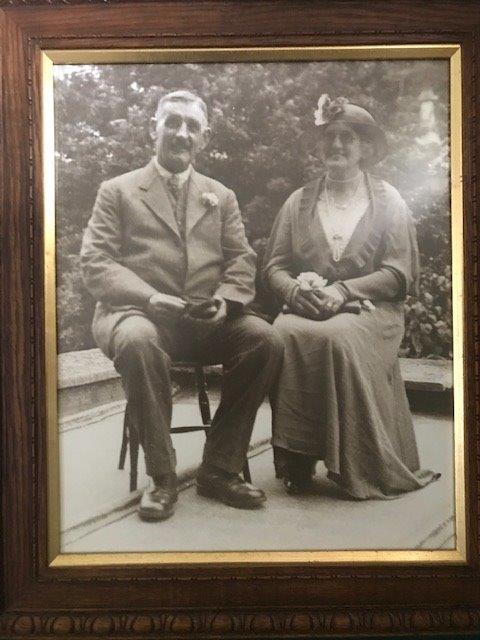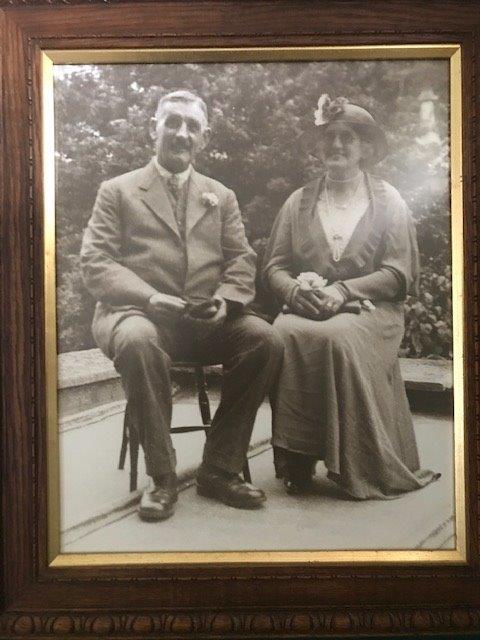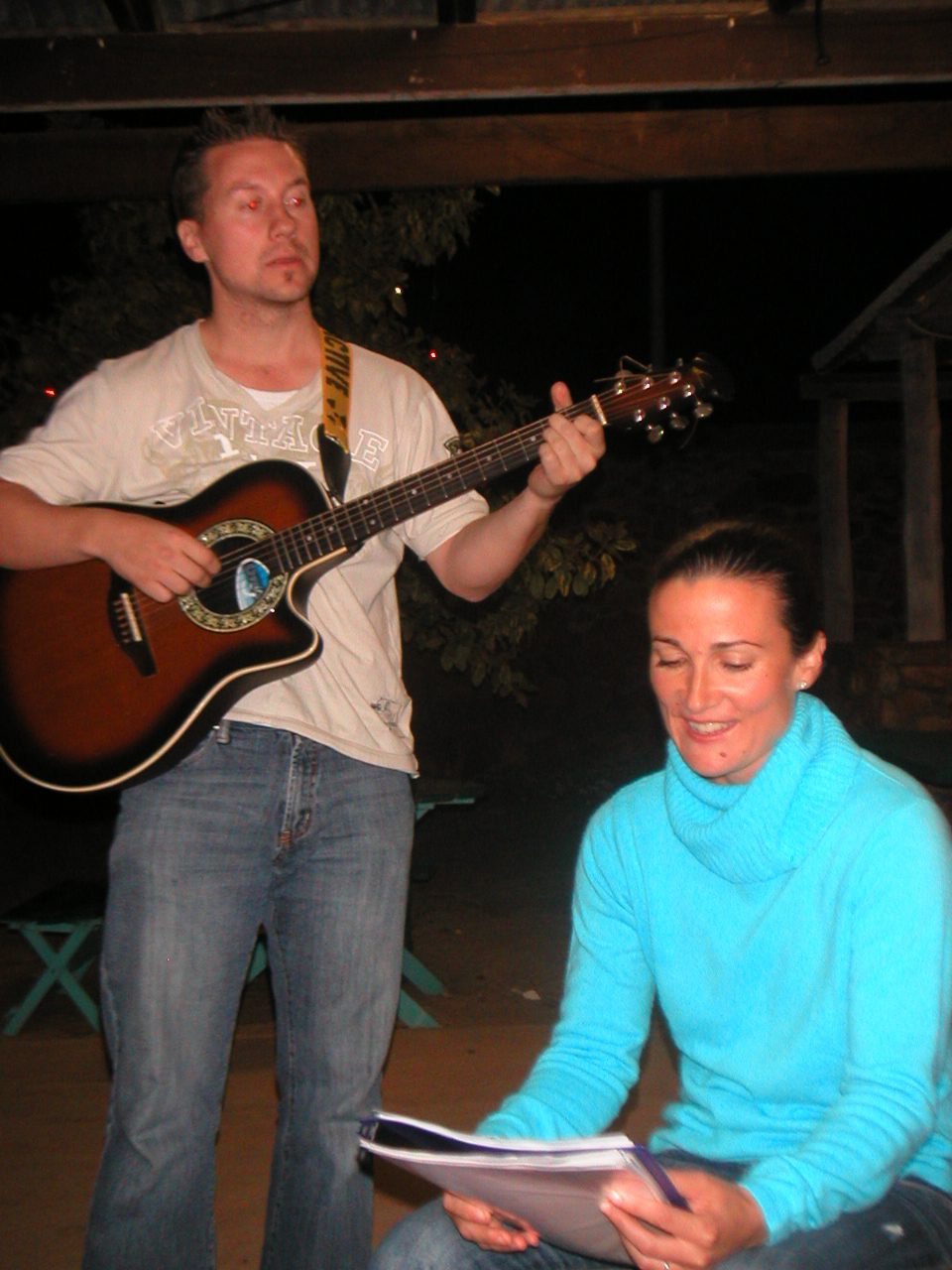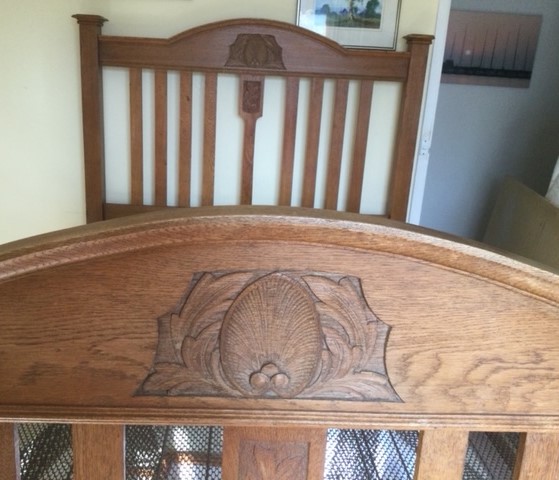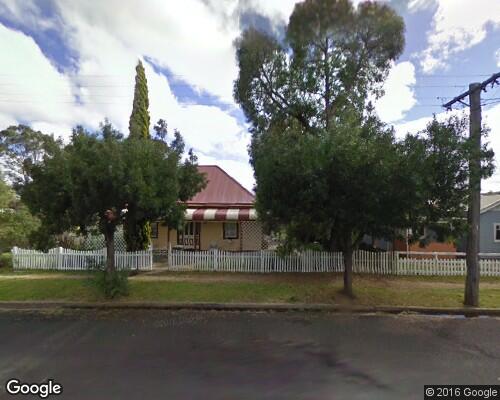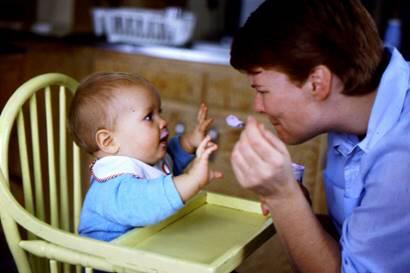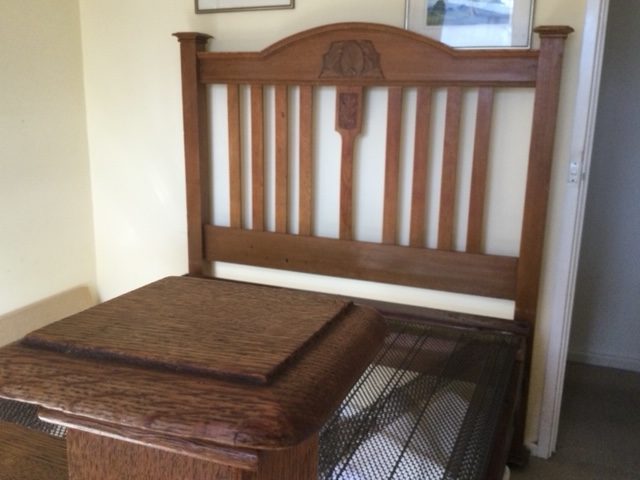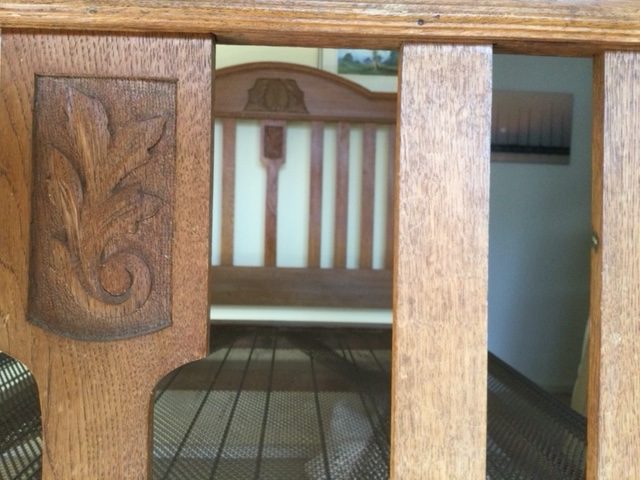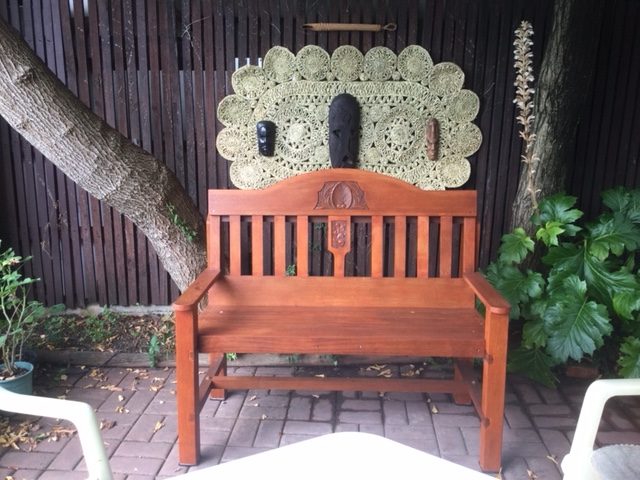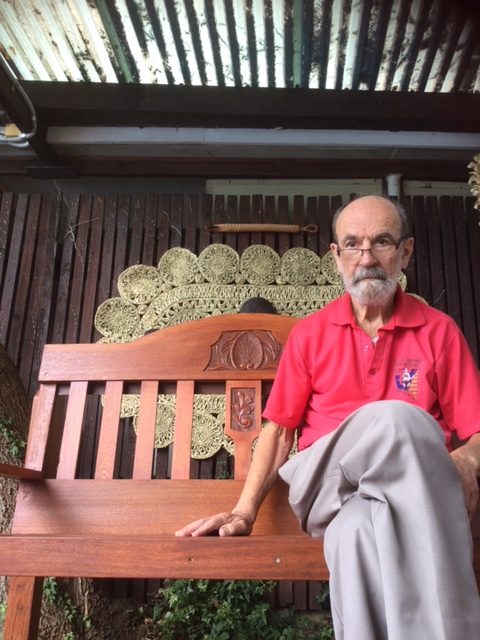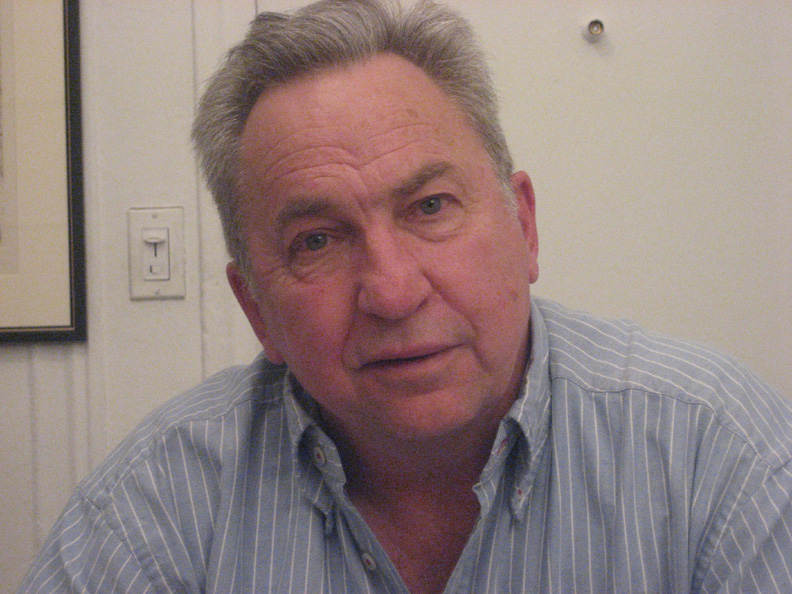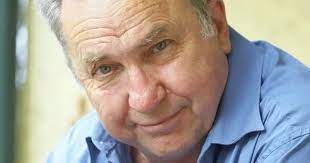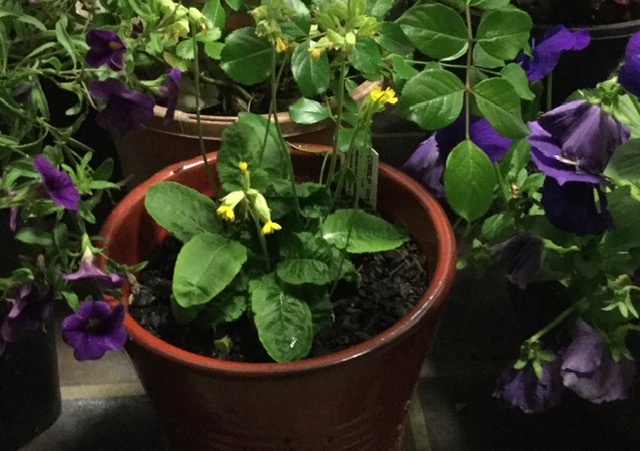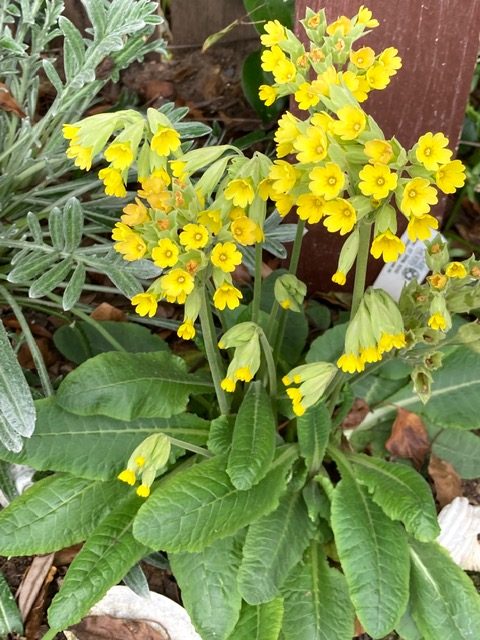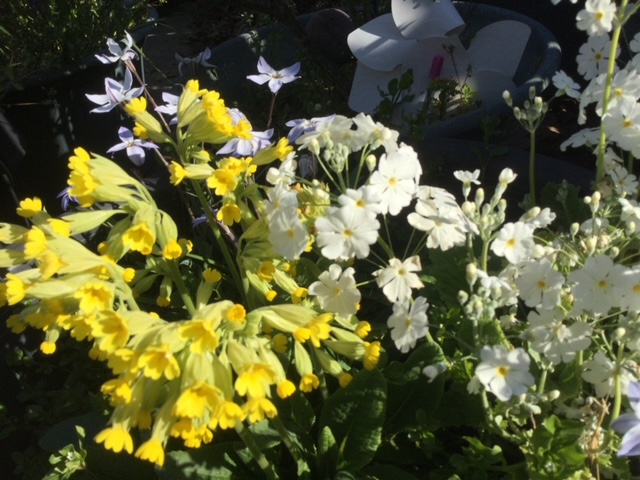The bus driver responsible for the horrific crash in the Hunter Valley in 2023 which killed 10 people received a 32-year jail sentence with a non-parole period of twenty-four years.
According to reports of the trial, in his sentencing the judge said that the penalty handed down was extreme because of the number of families affected by the tragedy. In addition to the ten fatalities, 19 were injured.
This seems odd.
In New South Wales there are four bases of liability for a charge of murder. They are an intent to kill; an intent to inflict grievous bodily harm; reckless indifference to human life; or the commission of a crime punishable by life imprisonment or imprisonment for 25 years. On the first, second and fourth of these, the coach driver is totally innocent. The degree of his contrition and his words of hopeless regret speak loudly of this.
Murder is punishable by life in prison, with a typical non-parole sentence of 20 years. A person convicted of murder in the middle of the severity scale will typically serve 20 years in jail.
The bus driver in the Hunter Valley case is deemed to have committed murder of higher than average severity.
Murder is a crime not mitigated by personal conditions in the life of the guilty party or the circumstances which led to the event. It would seem to be reasonable for a sentence to be related to the number of times it is committed; but proportionality with the number of victims less so.
The driver may well be – may well have been – the model of a good husband/father/brother, perhaps a member of a local community group, someone with an unblemished driving record for 30 years. Or perhaps he spent too much time in the pub.
Whichever, he made one ongoing miscalculation and one at a moment in time. His chronic mistake was, as reported in media coverage, to become dependent on opioids despite being warned about addiction. His acute error was to take the shift that fateful day when he was under the influence.
Before the law this constituted the risk of “reckless indifference to human life”.
People who become addicted may be seen as needing support for their mental health. As for the acute error, he may have needed a stimulant to help keep awake on his shift. He may have been unwell but in need of the work to provide for his family.
The veracity of these possibilities – ‘good man’, ‘bad man’, – is immaterial. What matters is the extent to which character and motive are considered in determining the length of sentence.
Consider three hypothetical circumstances. In the first a train driver makes a medically-determined decision which leads to a crash killing 100. In the second a lone cyclist crashes into and kills a pedestrian on the cycle path. And in the third a bus driver takes a stimulant and kills 10. Which of these three guilty parties is more culpable, which less?
The law is an ass but not so much for the length of sentence to be determined by the number of fatalities. More germane are the characteristics of the guilty party and the particular circumstances which led to the outcome.
One of those key characteristics is the extent to which the individual was aware of the risk posed to others by their behaviour. In some workplaces the risks managed by one individual are imposed on large numbers of others.
The Hunter Valley case should shock anyone who on some occasion has breached rules and regulations relating to safety and civic responsibility.
Some of the families affected by this tragic event in the Hunter have turned their attention to education and other work to prevent such accidents occurring in future. In the circumstances this is most welcome and admirable. Ultimately it comes down to individuals recognising public risk and their role in managing it.

